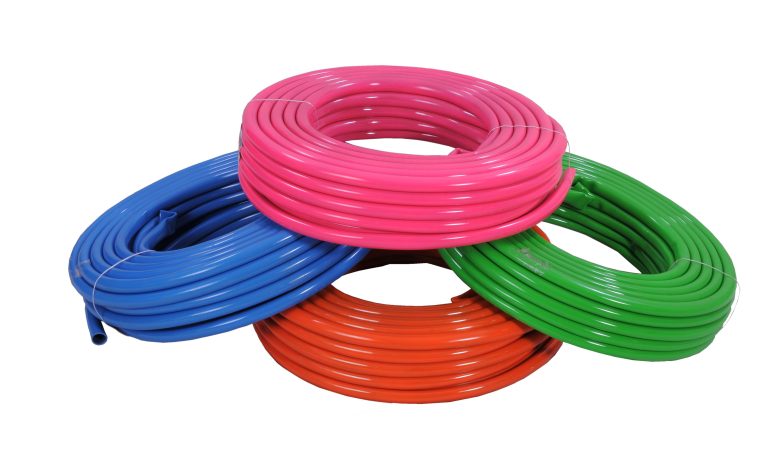How to Properly Store Your PVC Garden Hose for Longevity

Proper storage of your PVC garden hose is essential for maintaining its performance and extending its lifespan. Many gardeners overlook this important aspect, leading to kinks, leaks, and premature wear. In this guide, we’ll explore the best practices for storing your PVC Garden Hose to keep it in excellent condition year after year.
1. Clean Your Hose Before Storage
Why It Matters: Dirt, debris, and water left in the hose can lead to mold, mildew, and a decline in performance.
Tips:
- Flush the Hose: Before storing your hose, disconnect it from the water source and drain any remaining water by holding it at an angle. Then, run water through it briefly to rinse out dirt and debris.
- Wipe Down the Exterior: Use a damp cloth to wipe the outside of the hose, removing any grime or residue that might have accumulated during use.
2. Avoid Leaving It in the Sun
Why It Matters: UV rays can degrade PVC material, leading to brittleness, cracks, and leaks.
Tips:
- Find a Cool Storage Location: Store your hose in a shaded area or indoors when not in use. If possible, keep it in a garage, shed, or utility room to protect it from direct sunlight.
- Use a Hose Reel or Holder: A hose reel not only keeps your hose organized but also protects it from sun exposure when not in use. If you don’t have a reel, consider using a wall-mounted holder to keep the hose off the ground.
3. Coil the Hose Correctly
Why It Matters: Improper coiling can lead to kinks, twists, and damage to the hose material.
Tips:
- Use the Figure-8 Method: This technique involves creating two loops in the shape of a figure-eight, allowing for easier handling and reduced kinking.
- Avoid Over-Tightening: When coiling the hose, avoid wrapping it too tightly, as this can create pressure points that lead to cracks and leaks.
4. Protect from Freezing Temperatures
Why It Matters: Water trapped inside the hose can freeze, causing the PVC to crack or burst.
Tips:
- Empty the Hose: Always ensure that the hose is fully drained before storing it during winter months or in colder climates.
- Use a Hose Storage Box: Consider investing in an insulated hose storage box or reel that can provide additional protection from freezing temperatures.
5. Store Away from Chemicals and Pests
Why It Matters: Exposure to chemicals, such as fertilizers or pesticides, can degrade the hose material. Additionally, pests can create holes or damage.
Tips:
- Keep It Clean and Clear: Store your hose away from any chemicals and ensure the storage area is clean to minimize the risk of pest infestations.
- Use Pest Deterrents: If you notice signs of pests in your storage area, consider using natural pest deterrents to keep them away from your hose and other gardening tools.
6. Regularly Inspect Your Hose
Why It Matters: Routine inspections can help you catch any issues early, preventing costly replacements.
Tips:
- Check for Damage: Before and after each use, inspect your hose for any signs of wear, such as cracks, leaks, or kinks.
- Address Issues Promptly: If you notice any damage, repair it promptly with appropriate hose repair kits, or replace the hose if necessary.
7. Consider Seasonal Storage Solutions
Why It Matters: Seasonal changes may require different storage approaches to protect your hose effectively.
Tips:
- Summer Storage: In warmer months, keep the hose out of direct sunlight by using a covered area or hose reel. Regularly check for wear and tear from high usage.
- Winter Storage: During winter, store the hose indoors if possible. If you must leave it outside, elevate it off the ground to avoid moisture accumulation and potential freezing.
Conclusion: Preserve Your PVC Garden Hose
Properly storing your PVC garden hose is crucial for preserving its functionality and extending its lifespan. By cleaning it before storage, avoiding sun exposure, coiling it correctly, protecting it from freezing, storing it away from chemicals and pests, and regularly inspecting it, you can ensure that your hose remains in excellent condition.
Taking a little time to implement these best practices can save you money in the long run and enhance your gardening experience. With a well-maintained hose, you’ll be better equipped to nurture your plants and maintain a thriving garden for years to come.









